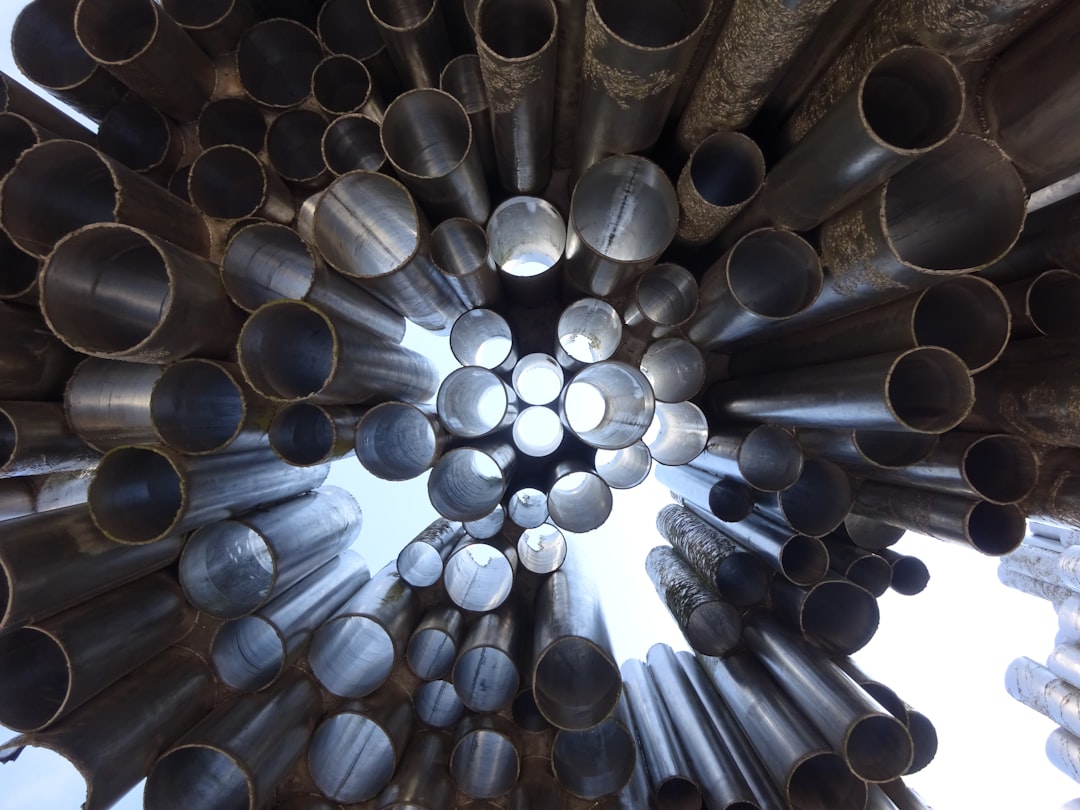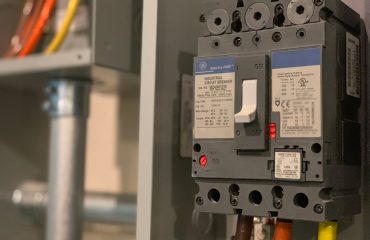body {
font-family: sans-serif;
line-height: 1.6;
}
h1, h2, h3 {
color: #333;
}
img {
max-width: 100%;
height: auto;
}
Industrial pipes are the unsung heroes of manufacturing. These seemingly simple components are the lifeblood of countless processes, transporting vital fluids, gases, and slurries throughout factories and plants. Choosing the right industrial pipes is crucial for efficiency, safety, and the longevity of your operations. This comprehensive guide explores the key factors to consider when selecting and maintaining industrial piping systems.
1. Material Selection: The Foundation of Durability and Performance
The choice of pipe material is paramount and depends heavily on the substance being transported. Different materials offer varying levels of corrosion resistance, pressure tolerance, temperature resistance, and chemical compatibility. Here’s a breakdown of common materials:
- Carbon Steel: A cost-effective option for general-purpose applications, suitable for transporting water, steam, and many non-corrosive fluids. However, it’s susceptible to rust and requires protective coatings in corrosive environments.
- Stainless Steel: Offers superior corrosion resistance, making it ideal for handling aggressive chemicals, high-purity fluids, and food products. Different grades of stainless steel (e.g., 304, 316) provide varying levels of corrosion resistance.
- Plastic Pipes (PVC, CPVC, HDPE): Lightweight and corrosion-resistant, making them suitable for transporting chemicals and water in less demanding applications. Their temperature and pressure limitations should be carefully considered.
- Copper: Excellent corrosion resistance and thermal conductivity, making it suitable for potable water systems and applications requiring heat transfer. However, it’s more expensive than steel.
- Cast Iron: Durable and resistant to high pressure, but susceptible to corrosion and brittle failure. Often used in older infrastructure.
Selecting the appropriate material requires a thorough understanding of the fluid properties, operating conditions, and regulatory requirements.
2. Pipe Size and Diameter: Optimizing Flow and Efficiency
Determining the correct pipe diameter is crucial for efficient fluid transport. Undersized pipes lead to increased pressure drop, reduced flow rate, and energy waste. Oversized pipes are unnecessarily expensive and may not be practical for your space constraints. Factors influencing pipe size selection include:
- Flow Rate: The volume of fluid to be transported per unit time.
- Fluid Viscosity: The thickness of the fluid, affecting its flow characteristics.
- Pressure Drop: The loss of pressure as the fluid flows through the pipe.
- Pipe Length: Longer pipes result in higher pressure drop.
Hydraulic calculations are often employed to determine the optimal pipe size based on these factors. Software and online calculators can assist in these calculations.
3. Fittings and Connections: Ensuring Leak-Free and Reliable Systems
Proper connections are essential for a leak-free and reliable piping system. Various fittings are available to accommodate different pipe materials and applications:
- Threaded Fittings: Common for smaller diameter pipes, offering a relatively simple and cost-effective connection method.
- Flanged Fittings: Used for larger diameter pipes and high-pressure applications, providing a robust and easily maintainable connection.
- Welding: Provides a permanent and leak-proof connection for many materials, particularly steel and other metals.
- Compression Fittings: A relatively simple and quick connection method, often used for plastic pipes.
Choosing the right fitting type is crucial for ensuring system integrity and preventing leaks, which can lead to significant safety and environmental hazards.
4. Safety and Regulatory Compliance: Meeting Industry Standards
Safety is paramount in industrial settings. Compliance with relevant safety regulations and industry standards is crucial. This includes:
- Pressure Testing: Ensuring pipes can withstand the operating pressure without failure.
- Material Certifications: Verifying that the pipe materials meet the required specifications.
- Regular Inspections: Identifying potential problems before they lead to leaks or failures.
- Proper Installation: Following industry best practices to ensure a secure and leak-free installation.
- Emergency Shutdown Procedures: Having clear procedures in place to handle leaks or other emergencies.
Failure to comply with safety regulations can lead to serious consequences, including injury, environmental damage, and significant financial losses.
5. Maintenance and Inspection: Extending the Lifespan of Your Piping System
Regular maintenance and inspection are essential for extending the lifespan of your industrial piping system. This involves:
- Visual Inspections: Checking for corrosion, leaks, and damage.
- Pressure Testing: Regularly testing the system to ensure it can withstand the operating pressure.
- Cleaning: Removing buildup and debris that can restrict flow and damage the pipes.
- Repair or Replacement: Addressing any identified problems promptly to prevent larger issues.
- Record Keeping: Maintaining detailed records of inspections, repairs, and maintenance activities.
A proactive maintenance program can significantly reduce the risk of failures and costly downtime.
By carefully considering these factors, manufacturers can select and maintain industrial piping systems that are efficient, safe, and compliant with industry standards. The right pipes are not just a component; they are the foundation of a successful and productive operation.
Tags: Industrial Pipes, Manufacturing Pipes, Pipe Materials, Piping Systems, Industrial Piping




